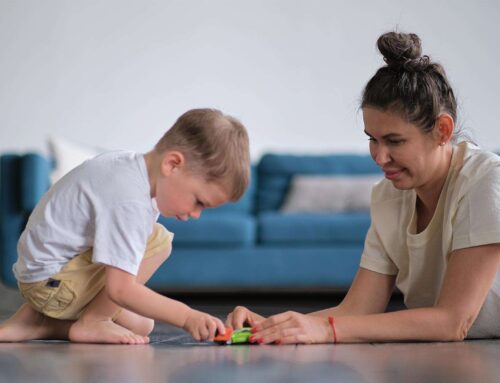Speech-language pathologists (SLPs), also known as speech therapists, play a crucial role in supporting individuals with communication difficulties. Whether you’re seeking help for yourself or a loved one, the first meeting can be filled with questions and uncertainties. This blog aims to demystify the experience by outlining what to expect during your initial encounter with an SLP.
1. Introduction and Background Gathering:
The first session typically begins with introductions and a discussion about your reasons for seeking help. Be prepared to share details about your communication concerns, such as challenges with speech clarity, language comprehension, stuttering, or voice problems. Additionally, the SLP may inquire about your overall health history, past diagnoses, and educational background. This information helps paint a holistic picture of your communication abilities and potential contributing factors.
2. Assessment and Evaluation:
Once the preliminary background information is gathered, the SLP will likely conduct an assessment. This typically involves a combination of standardized tests, informal tasks, and observations. Standardized tests may assess specific areas like articulation, vocabulary, grammar, or fluency. Informal tasks can involve reading, writing, answering questions, or engaging in conversation. The SLP will also observe your communication skills as you interact with them and potentially perform various motor speech tasks.
3. Goal Setting and Treatment Plan:
Based on the information gathered during the assessment, the SLP will collaborate with you to establish specific goals for therapy. These goals should be individualized, measurable, achievable, relevant, and time-bound (SMART goals). The SLP will then propose a treatment plan tailored to address your specific needs and goals. This plan may include various therapeutic techniques, such as articulation exercises, language stimulation activities, fluency modifications, or assistive technology recommendations.
4. Family and Caregiver Involvement:
For children or individuals requiring additional support, family and caregiver involvement plays a vital role in speech-language therapy. The SLP may provide education and resources to help you support the individual’s progress outside of therapy sessions. This could involve implementing specific strategies at home or school, monitoring progress, and providing encouragement.
5. Open Communication and Collaboration:
Remember, communication is key during your journey with an SLP. Feel free to ask questions, clarify any doubts, and express your concerns. Open communication ensures that the therapy plan is aligned with your expectations and addresses your needs effectively.
Additional Tips:
- Bring any relevant medical reports or educational evaluations to the first session.
- Prepare a list of specific communication challenges you experience.
- Consider writing down questions you have for the SLP beforehand.
- Feel free to take notes during the session to remember key information.
- Be patient and consistent with your therapy program for optimal results.
Remember, communication is a journey, not a destination. With the right support and guidance, you can achieve your communication goals and unlock your full potential.





Leave A Comment